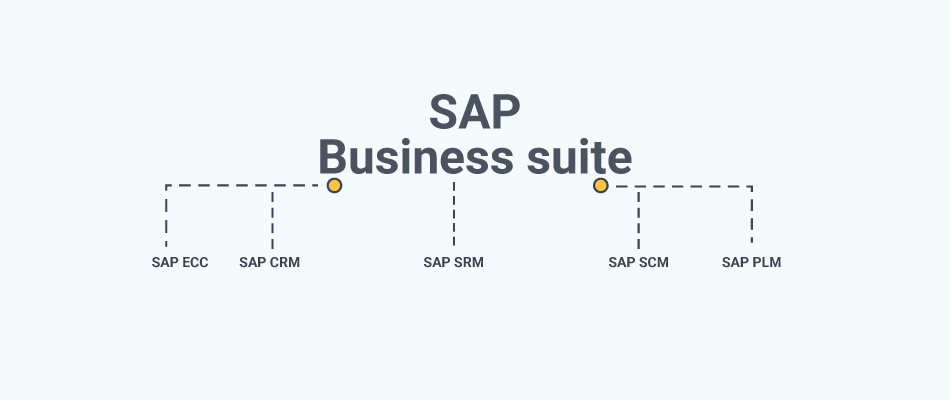
Therefore, custom reports work without any disruptions.
#Sap ecc vs hana code#
In SAP S/4HANA, custom code read operations redirect to compatibility views due to a special setting at the database interface level (i.e invisible to source code). However, both options can also be run simultaneously.

The costing based CO-PA is now available as an option. Account based CO-PA vs Costing based CO-PAĪccount based CO-PA is now the default option. However, the new GL’s functionality (Parallel ledger) is a prerequisite for new Asset accounting. Customers using the classic GL need not use the document split or the parallel ledger. SAP S/4HANA is technically similar to the new GL of SAP ECC. Therefore, period end closings will be faster. Reconciliation (as in case of CO to FI) is not needed now. Hence, a relevant cost element category is used when they are created and maintained (in FS00). Cost elements (both primary and secondary) are now GL accounts. However, in SAP S/4HANA, the universal journal uses only one field to store both GL accounts and cost elements. In SAP ECC, we could observe FI GL accounts mapped to CO primary cost elements. Two common examples are SAP Transportation Management and SAP Extended Warehouse management. Some standalone SAP Solutions are now available as a part of the SAP S/4HANA core. Addition of standalone solutions to SAP S/4HANA Core However, these require additional licenses. A few examples are Central Finance, SAP Cash Management, and SAP BPC Optimized for SAP S/4HANA. New functional capabilities are available to work with SAP S4H and the HANA in-memory computing. Material documents are stored in MATDOC but not in MKPF or MSEG tables. In addition, the MATDOC, the new line item for inventory management, eliminates 26+ tables. Hence reducing the data foot print by a huge margin. Now, data insertions occur into a single table instead of several tables. The presence of the universal journal eliminates several aggregate and index tables. This table is ACDOCA, also known as the Universal Journal. SAP S/4HANA combines data structures of different components such as FI, AA, CO, CO-PA and ML into a single line item table. Single Source of Truth and SAP S/4HANA Universal Journal This is due to dynamic aggregate creations on the fly based on line item tables. There will be no aggregate (total), index, and history tables in SAP S4HANA.They offer real time reporting and predictive analysis.



 0 kommentar(er)
0 kommentar(er)
